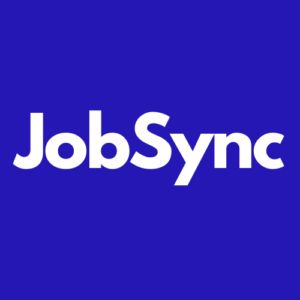
Today, Native Apply options are more popular than ever as the most qualified candidates prefer to use them over traditional online job applications. Unfortunately, most ATS systems have not developed solutions to handle the flow of information and companies are still forced to develop costly workarounds to receive applications.
To help businesses leverage the power of Native Apply without shouldering the burden of wasting time and money, JobSync has developed a one-time integration solution that provides an abundance of benefits.
Complete ATS Integration
The first and most notable benefit the JobSync+Native Apply Integration provides is complete ATS Integration. With JobSync, every application received via Native Apply is sent directly to the ATS workflow in near-real-time. This level of integration saves time wasted sorting through emails and ensures the accuracy of candidate information.
Customizable Applications
One reason employers choose not to use Native Apply is a lack of customization. To make educated hiring decisions, most employers need more information than a basic resume provides. Realizing this need, JobSync created a feature for their integration that allows employers to post custom application questions to all Native Apply platforms. As a result of this customization, employers can create one application and post it to multiple sites with a simple click – saving time, money, and frustration.
More Quality Applications From More Platforms
Traditionally, to advertise a job on multiple job sites, hiring managers must manually submit it to every site – a process that requires maximum effort and time. With the simple one-step integration offered by JobSync, hiring managers can post jobs to multiple sites with the click of a button. When jobs are posted to more sites, they are more visible to the most qualified candidates. As a result, companies experience an increase in applications from quality candidates across the web.
Faster Turnaround During The Hiring Process
The easy Native Apply integration offered by JobSync is designed to simplify the hiring process for busy HR representatives by eliminating a number of issues. On the backend, JobSync makes it possible to push Native Apply applications directly into your ATS candidate workflow. This makes it easier for HR managers to screen application, eliminate unqualified candidates, and extend interview invitations to attractive prospects in record time. The end result is a hiring process that is a more enjoyable experience for both parties.
Is The JobSync Integration Compatible With My ATS?
JobSync is specifically designed to help companies big and small and, therefore, is compatible with almost every ATS on the market. To learn more about the benefits Native Apply and JobSync can provide your hiring process, schedule a free overview with our integration experts today!

